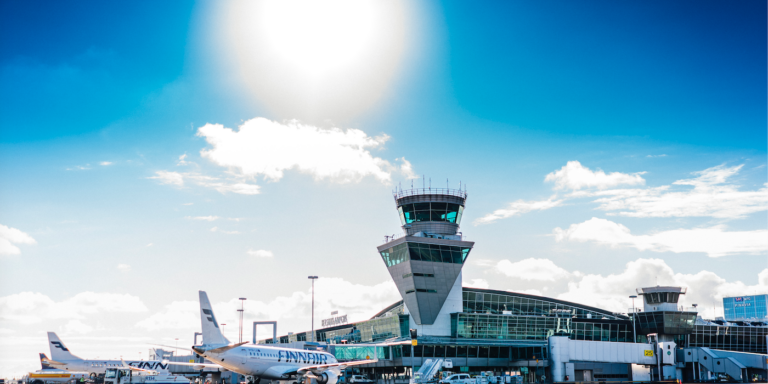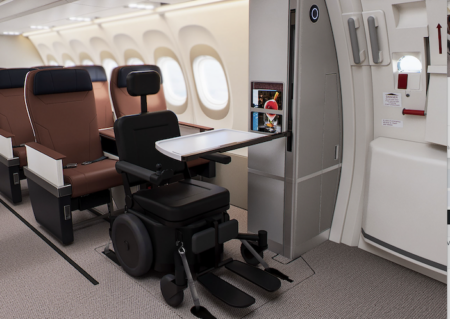Finnish airport company, Finavia, has signed a cooperation agreement with the Helsinki Electric Aircraft Association, with the objective of introducing a new generation of electric aircraft in Finland.
“Finavia’s objective is to continue the reduction of emissions caused by airport operations, to which all available resources must be targeted. Electric aviation is one of those solutions. We want to invest in the introduction of new aircraft technology and expedite the electrification of domestic flights,” stated Finavia SVP, Henri Hansson, who oversees infrastructure and sustainability at the group.
The first electric passenger aircraft being developed are best suited for shorter routes, but it is important to develop the operating range in order to appeal to commercial airlines. According to research conducted in cooperation between the University of Jyväskylä in Finland and Griffith University in Brisbane, Australia, an electric aircraft would be the preferred option for travelling distances of more than 400km in Finland due to the aircraft’s speed.
If the electricity expended during a flight is produced with only wind or solar energy, for example, an electric aircraft would fly with zero emissions.
“With electric aviation, flying will become more and more ecological, and electric aircraft will become an environmentally friendly method of transport. Electric aviation is quiet, which also reduces noise nuisance,” stated Janne Vasama, chairman of the Helsinki Electric Aircraft Association.

Finavia has cooperated with the Helsinki Electric Aircraft Association since the association was founded about two years ago, and has supported the testing and development of electric aviation and the first electric aircraft in Finland (pictured above). Along with the new agreement, Finavia becomes the main sponsor of the new aircraft procurement.
Finavia and the Helsinki Electric Aircraft Association are also cooperating with the Nordic Network for Electric Aviation (NEA) and with the electric aviation project of the Kvarken Council. The shared objective is to decrease the environmental impact of aviation and to improve flight connections in the area.





